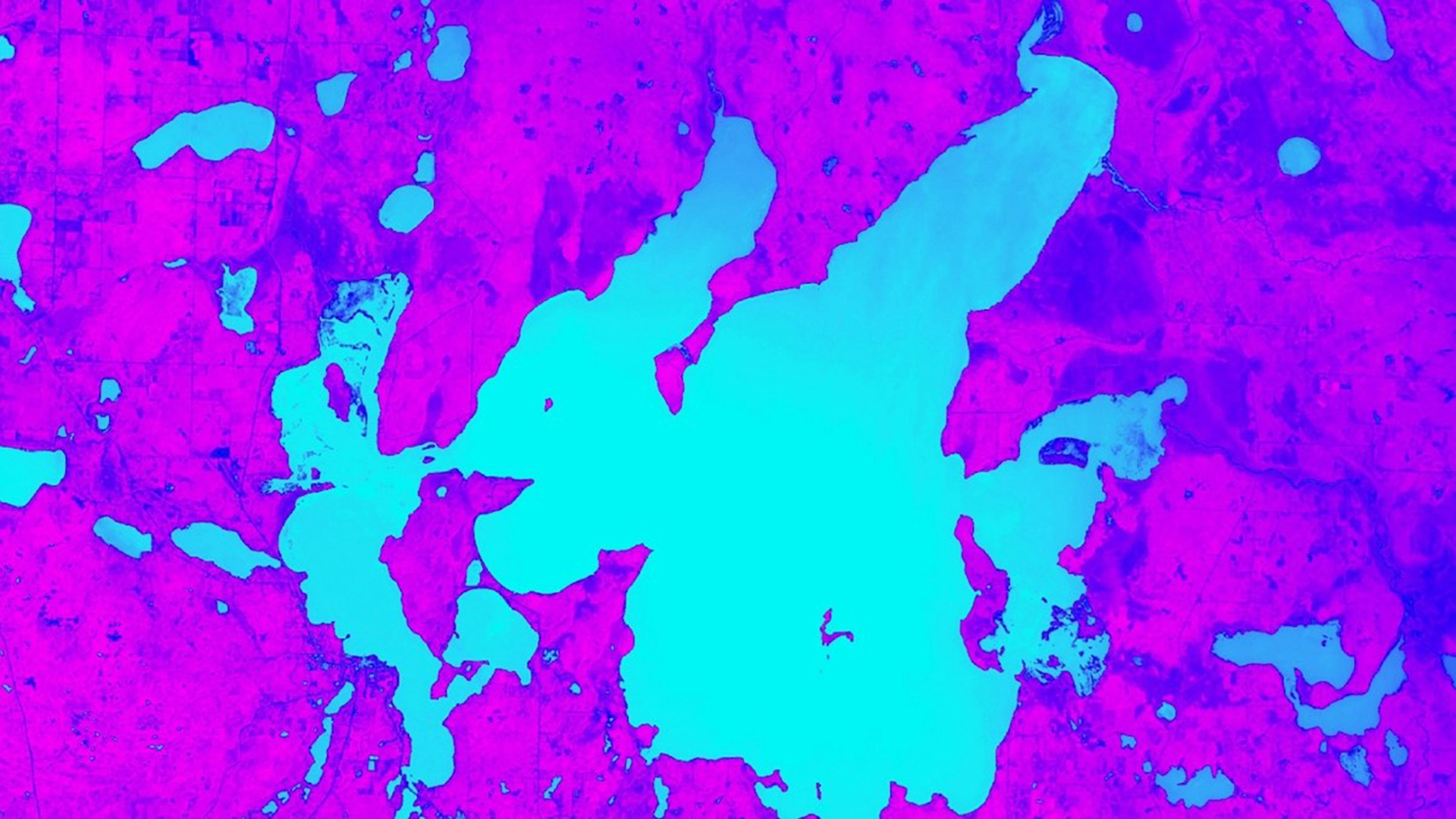Minnesota & Texas Agriculture & Food Security

Employing NASA Earth Observations to Model Current and Historic Distribution of Crop Wild Relatives, in Support of USDA ARS Genetic Resource Conservation Efforts
Northern wild rice (Zizania palustris L.) and Texas wild rice (Zizania texana) provide valuable ecosystem services, food sources, economic development, and cultural resources to local populations in Minnesota and Texas. Research on crop wild relatives, wild plants closely related to cultivated plants, is imperative to understanding gene flow and genetic diversity of harvested species. The United States Department of Agriculture (USDA) Agricultural Research Service (ARS) is responsible for conserving the genetic diversity of valuable species, such as wild rice. However, this organization lacks insight to the geographic distribution of Zizania populations. NASA Earth observations, including Landsat 5 Thematic Mapper, Landsat 8 Operational Land Imager and the Shuttle Radar Topography Mission version 3 were used to create models to detect wild rice presence. The team provided partners at the USDA ARS with distribution maps for northern wild rice and Texas wild rice populations in 2005 and 2015. Partners at USDA ARS will apply the end products to effectively enable strategic ecological planning, and better target field collections for species conservation.
Project Video:
Kindred Crops
- Location
- Colorado - Fort Collins
- Term
- Spring 2018
- Partner(s)
- USDA, Agricultural Research Service, National Plant Germplasm System
- NASA Earth Observations
- Landsat 3, TM
Landsat 8, OLI
Sentinel 1, C-SAR
SRTM - Team
- Kaitlin Walker (Project Lead)
Jillian LaRoe
Daniel Carver
Charles Whittemore - Advisor(s)
- Dr. Paul Evangelista (Colorado State University, Natural Resource Ecology Laboratory)
Nicholas Young (Colorado State University, Natural Resource Ecology Laboratory)
Tony Vorster (Colorado State University, Natural Resource Ecology Laboratory)
Brian Woodward (Colorado State University, Natural Resource Ecology Laboratory) - Project Materials Poster PDF